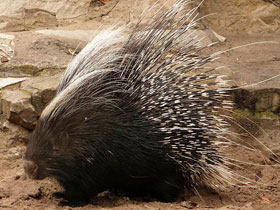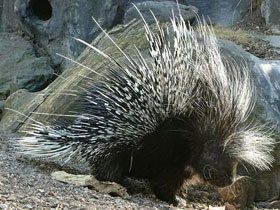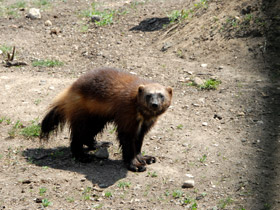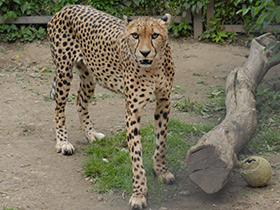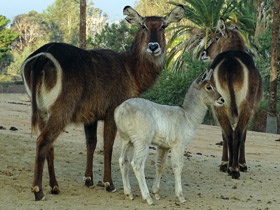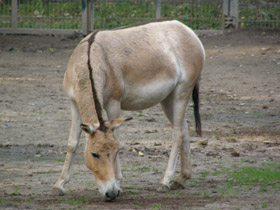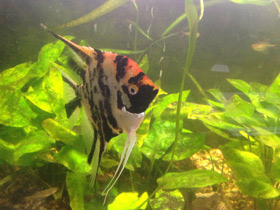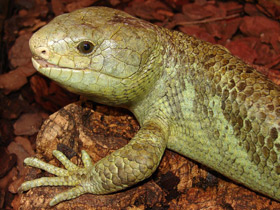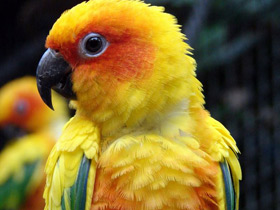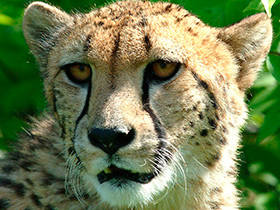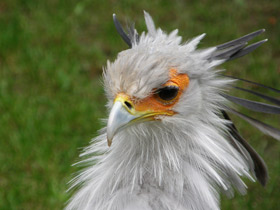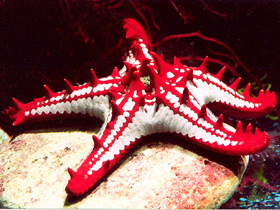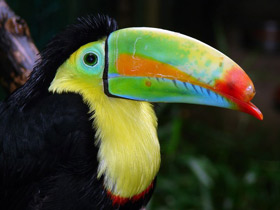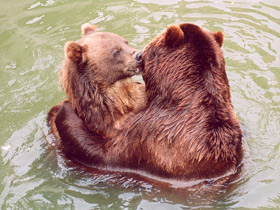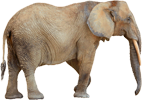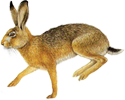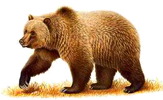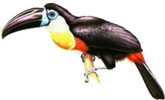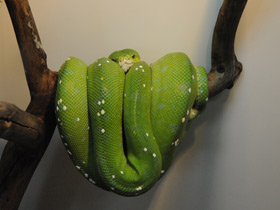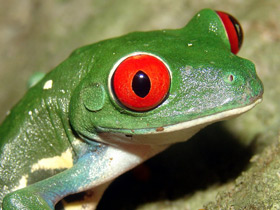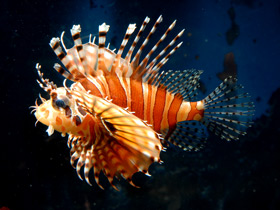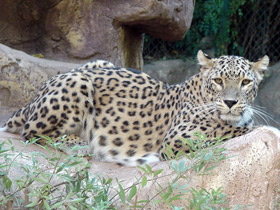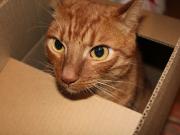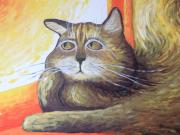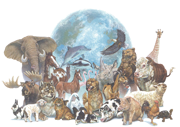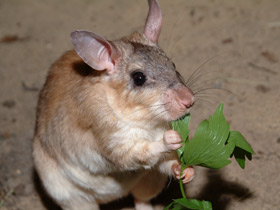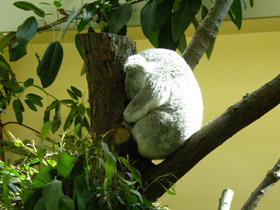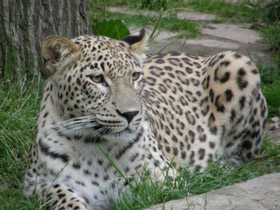The Cape porcupine (Hystrix africaeaustralis), Cape crested porcupine or South African porcupine
The Cape porcupine (Hystrix africaeaustralis), Cape crested porcupine or South African porcupine, is a species of Old World porcupine native to central and southern Africa.
Distinguishing Features
Hystrix africaeaustralis is the largest rodent in Africa. Its body length ranges from 63 to 80.5 cm, tail length from 10.5 to 13 cm, adults weigh from 10 to 24 kg (females weigh slightly more). The characteristic feature of this species is a white midline along the croup. It is an animal with strong, relatively short legs and a short, well-hidden tail. Its head is rounded with greyish-brown facial bristles and thick, movable vibrissae; the eyes are small and set far back on the head, the ears are inconspicuous but resemble human ears in shape. The body of Hystrix africaeaustralis is covered with bristly hairs, long barbs up to 50 cm long, thick defensive needles up to 30 cm long, and flattened bristly hairs. The tail bears a tuft of highly modified, hollow needles.
Distribution
Hystrix africaeaustralis is distributed in South Africa (Botswana, Burundi, Congo, Kenya, Lesotho, Malawi, Mozambique, Namibia, Rwanda, South Africa, Swaziland, Tanzania, Uganda, Zambia, Zimbabwe). This species is found in most vegetation cover types characteristic of South Africa at altitudes from sea level to 2000 m; it is absent only in forests.
Lifestyle and behaviour
Hystrix africaeaustralis is nocturnal, terrestrial and solitary, but can sometimes live in groups of 2-3 individuals. During the day this rodent finds shelters in crevices, caves, abandoned burrows, which it modifies according to its own needs, but it can also dig burrows by itself. This species is monogamous and groups are formed from an adult pair and their offspring. Hystrix africaeaustralis is a vegetarian and feeds on roots, tubers, bulbs, fallen fruit, a variety of plants, leaves, and sometimes gnaws on tree bark.
Reproduction
Females of Hystrix africaeaustralis reach sexual maturity in the second year of life, males at the age of 8 to 18 months. Males and females are reproductively active throughout the year. The average duration of pregnancy is 94 days. Females give birth on average once a year with an interval between two consecutive litters of 385 days. One to three cubs are born: in 58.8 % of cases one, in 32.1 % two, and the rest are triplets. The weight of newborns varies from 300 to 440 g (about 2% of the average female weight). At birth, their dorsal needles are soft and pointed. On average, females nurse their cubs with milk for about 100 days. The lifespan of Hystrix africaeaustralis is about 10 years in the wild and up to 20 years in captivity. The population of the species is increasing slowly due to both the small size of the litter and the long gestation period, but their longevity and care of the young so far compensates for these "disadvantages".










